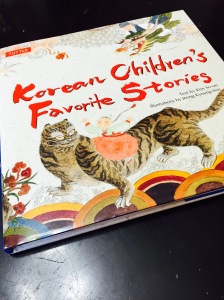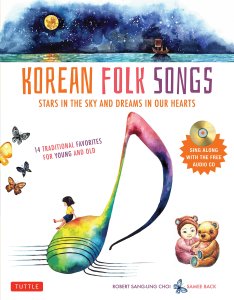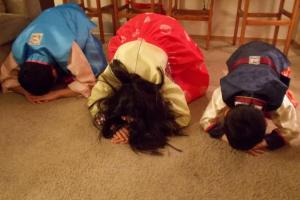Eleven years ago, my family went to Korea for the first time to pick up our son. In October 2017, we finally made it back to Korea for a return trip. Many things have changed since our first trip 11 years ago, one being options on where to stay. The first time we visited Korea we stayed at our agency’s guest house. Once we booked our trip this year, we decided to use AirBnB to book accommodations and we weren’t disappointed. We spent four days at an apartment in Seoul and finished with three days at an apartment in Suwon. While you may not stay in the exact same AirBnB’s that we did, I thought I would share some general tips that we learned through our two AirBnB experiences.
Location, Location, Location
We chose the apartments we did based on their location, each one near a subway station. In Seoul, we found an apartment that was two blocks from Seoul Station. This was ideal for a couple of reasons. First, the express train from the airport arrives at Seoul Station in about 45 minutes. (This was another new things since 2006; the airport train didn’t exist then. It was so convenient!) That meant that we could easily walk to the apartment with our luggage. Second, everyplace we wanted to see was within two or three subway stops of our apartment. We will definitely rent in the Seoul Station area again. Our apartment in Suwon was only two blocks from the Suwon City Hall station, making it a convenient walk with luggage as well. Next time, we might choose something closer to Suwon station, since the shuttles to area attractions leave from near that station.
Communication
We had a mixed experience when it came to communication with our AirBnB hosts. The man who offered the apartment in Seoul was wonderful! He sent a PDF with detailed directions on how to get to the apartment from Seoul Station. We had no problem finding it. Then once in the room, he had a house manual that explained how things worked in the apartment. We had trouble getting the air conditioner to work, and he even came over and helped us. Our Suwon host was very responsive once we were at the apartment (we had a plumbing problem while there), but we didn’t feel that we got all of the information we needed when it came to finding the apartment from the subway station. We ended up grabbing a taxi to get there, which was not necessary but we just didn’t know where to go from the station. Bless the soul of that taxi driver, who drove us the two blocks between the station and apartment! Our Suwon apartment also didn’t have a house manual so it took longer to connect to the wi-fi and get other things in the apartment working.
Size
Our apartment in Seoul was listed as sleeping five to six people. It has a bed in the main living area, plus a sleeping loft with two beds. While there are only three of us in the family, we loved having the extra space. We each had our beds so no one was cramped, and there was plenty of space to have our luggage open but out of the way. The Suwon apartment was listed as sleeping four, but honestly we were cramped in this one. It was a studio apartment with one bed and two chairs that reclined into beds. Now I would opt for bigger.
Cultural Differences
A couple of cultural differences that you might want to consider. Bath towels in Korea considerably smaller than those in the US. They are somewhere between the size of a US hand towel and a bath towel. So, if you are really attached to large bath towels, you might want to take your own. Also wash clothes weren’t provided. We adjusted to the towel size, but next time we’ll take our own wash clothes.
Our apartment in Seoul was older so you had to turn on the hot water and let us heat up before taking a shower or washing dishes. This wasn’t a problem; it was just something you had to plan for.
While it took us 11 years to make a return trip to Korea, we hope to go again next year. And we will definitely do AirBnB again for our accommodations. They were convenient, cheaper than hotels, and it was cool to live like the natives for a few days.
 ke Korean dramas, my new blog is for you. I recently started blogging about my Korean drama obsession at Dokkaebi Chingu.
ke Korean dramas, my new blog is for you. I recently started blogging about my Korean drama obsession at Dokkaebi Chingu.





 Throughout the last week, the account has shared video of how to make some of Korea’s most popular dishes, including bulgogi, ramyun, and ddeokbokki.
Throughout the last week, the account has shared video of how to make some of Korea’s most popular dishes, including bulgogi, ramyun, and ddeokbokki.






